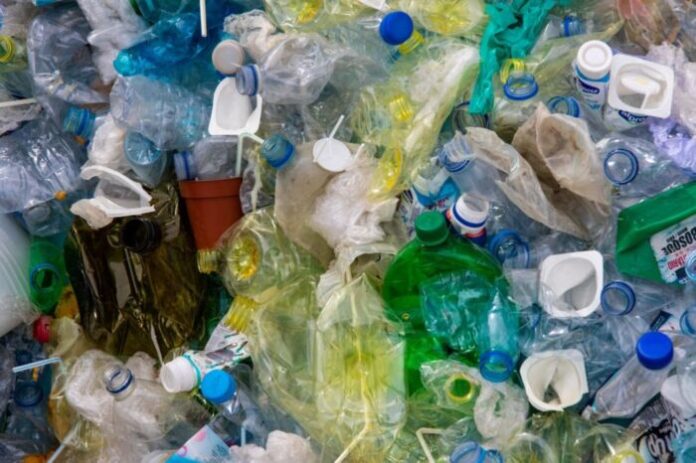
Italy confirms itself as the vanguard of the European recycling industry, ranking third for packaging recovery (with a recycling rate of 67%), after Germany (71%) and Spain (70%). Several supply chains of paper (paper, glass, plastic, wood, aluminum and steel) have already surpassed, or are one step away from doing so, the new objectives envisaged at European level for 2025, others (WEEE, end-of-life vehicles) are growing more slowly. A strategic sector for a country, ours, poor in raw materials and that every year since recycling receives 12 million tons of raw materials for the national industry.
These are the main evidences that emerged during the presentation of the annual study “The Italy of Recycling”, the Report now in its tenth edition, promoted and implemented by the Foundation for Sustainable Development and by FISE UNICIRCULAR (the Union of Circular Economy Enterprises).
“On the eve of the transposition of new European directives – declared Edo Ronchi, President of the Foundation for sustainable development – the Italian recycling system is, in general, already well prepared. Today it is therefore necessary to intervene with precision to maintain the positions conquered, overcome the deficiencies that still remain and make further progress “.
In the last 10 years in Italy the total waste produced has increased from 155 to 164 million tons. (+ 6%) and recycling grew from 76 to 108 million tons (+ 42%). Many recycling chains have recorded excellent performances in these years, with positive data both at European and Italian level. Packaging waste, for example, saw recycling start-up increase by 27%, from 6.7 to 8.5 mln tons. The recycling rate compared to the consumption has increased from 55% to 67%, in line with the European data and with the new targets of 65% in 2025 and 70% in 2030. Compared to the main European economies (Germany, France, Spain and the United Kingdom) Italy ranks third, after Germany (71%) and Spain (70%). The individual packaging waste chains in several cases have already exceeded the targets set for 2025 and in some even those for 2030.
The recycling rates of the individual packaging waste supply chains have reached cutting-edge levels: paper (81% and third place in Europe), glass (76% and third place), plastic (45% and third place), wood (63 %, second place), aluminum (80%), steel (79%).
Lights and shadows come from the other chains. In the ten years the collection of used mineral oils has risen sharply, now close to 100% of the collectible oil and the collection of used vegetable oils (+ 81% in comparison with 10 years ago).
Over the course of a decade, the collection of the organic fraction increased from 3.3 million tons in 2008 to over 6.6 in 2017, with a 100% increase. To achieve European objectives it will be necessary to structure the sector throughout the entire national territory, guaranteeing the development of an adequate plant network.
“To increase the recycling of urban waste it is necessary to continue to increase the quantities and to improve the quality of separate waste collection, recovering the delays that still exist in different cities – suggests Ronchi – The needs of treatment and recycling plants must also be adjusted, in particular for the organic fraction”.
As for end-of-life tires, the collection has reached the national target and in 10 years the material recovery has gone from 43% to 58%.
On the other hand, our country suffers from a delay in terms of collection of WEEE (42% vs. target of 65% set for 2019) and of batteries (42%, last place among the European powers) and for the re-use and recycling of end-of-life vehicles, up by one percentage point in 10 years (from 82% to 83%).
The development of recycling, also in strategic terms for the production of secondary raw materials and for their use within the production cycle, necessarily passes through its integration with the manufacturing industry.
“The new package of European directives for waste and the circular economy contains ambitious recycling targets – highlights Andrea Fluttero, President of FISE UNICIRCULAR – In order for them to reach the eco-design issue, the end of the qualification must be certain of waste after adequate treatment (End of Waste), greater outlet must be ensured for materials recovered through a package of measures aimed at promoting the development of re-use markets and products made with recycled materials”.



































